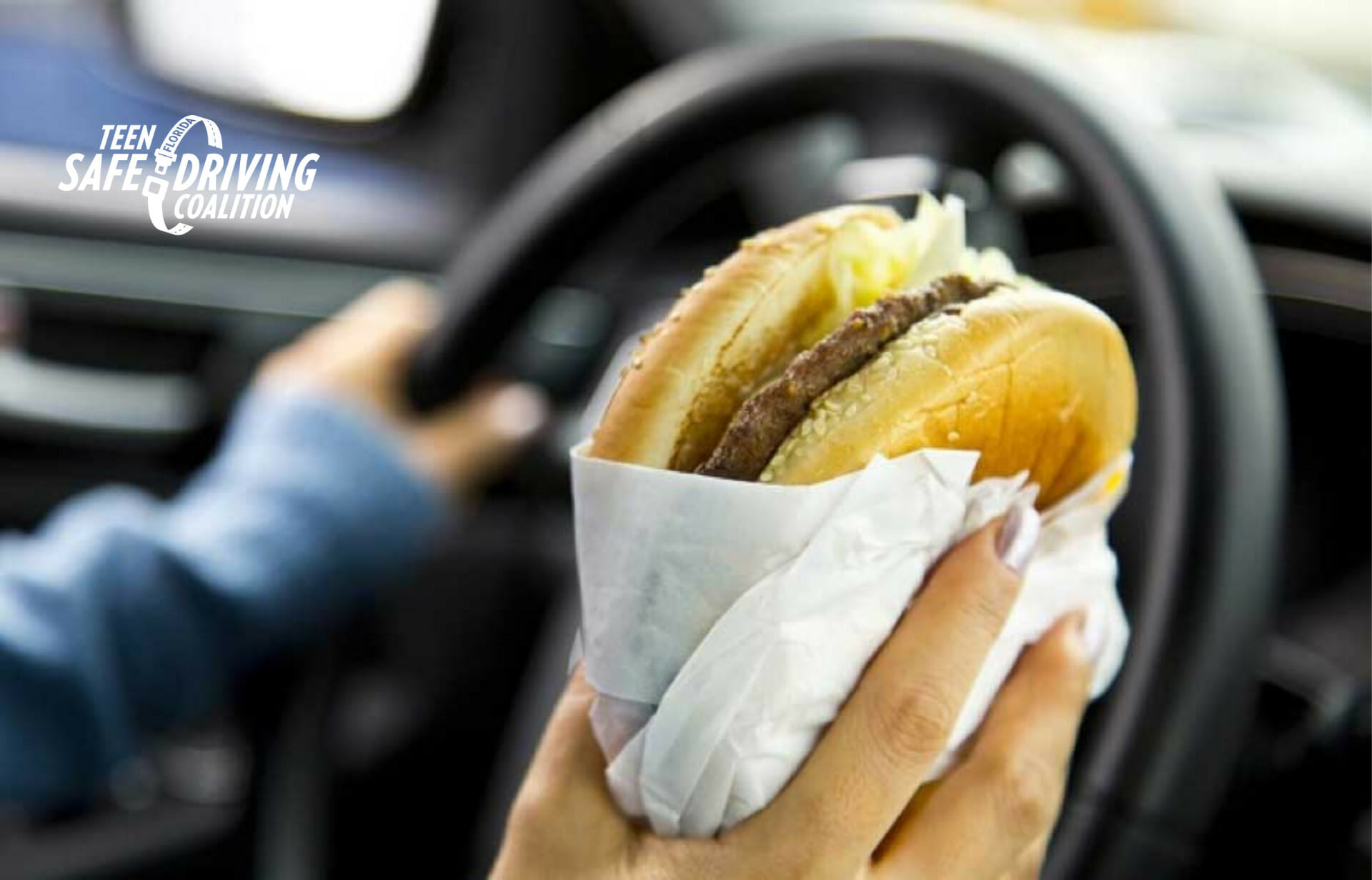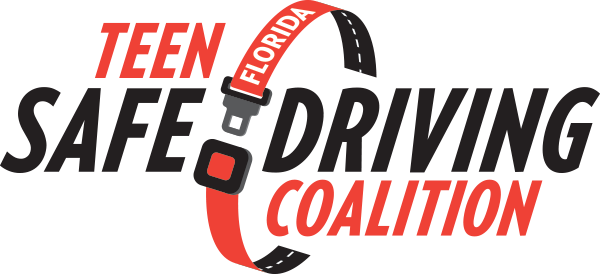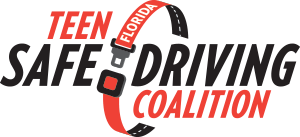
9 Distractions Your Teen Driver Should Know About
Some distractions are well-known, others are less obvious, but all put road users at risk.
Distractions are everywhere, and for inexperienced teen drivers that can mean serious danger is everywhere, too.
Fortunately, you can help your teen stay safe behind the wheel by helping him or her identify different distractions and talk through ways to avoid them. Some distractions are well-known, while others are less obvious, but all put road users at risk.
Here are distractions both you and your teen should know about:
Obvious Distractions
- Cell phones are one of the worst distracted driving offenders, as they offer many ways to distract us. It’s not just texting: social media apps and phone calls – including handheld and hands-free – are serious dangers behind the wheel. To stay safe it is best to avoid all phone use while driving. If your teen absolutely needs to use the phone, he or she should first pull over safely and park.
- Applying makeup is another dangerous driver habit. Even when done at red lights, this activity takes your eyes off of the road and your hands off of the wheel, which makes it an obvious danger for teens and all drivers.
- Our last, especially obvious driver distraction is eating behind the wheel, which too often can take the form of using our hands to hold food instead of the steering wheel or losing our focus when we drop or spill something. Though it is tempting to snack like this, especially on longer drives, talk to your teen about how important it is to wait and eat in a safer environment.
Less-Obvious Distractions
- One less-obvious but still dangerous distraction comes from passengers. Whether they are adults, younger siblings or other teens, passengers can be extremely distracting to teen drivers, which is why we recommend holding off on letting your teen drive with them for at least a year.
- Infotainment systems are common in newer cars, and since they come built-in, many drivers assume they must be safe to use. However, these systems are most often built for convenience, not safety, so you should talk to your teen about only using these systems when the vehicle is parked.
- Another distraction your teen might not be prepared for is the danger of reaching for items in the car. This can include items in the glove box, on the floor or in the backseat. Reaching for them takes your teen’s focus off of the road and can consequently put him or her at risk.
Distractions Outside the Car
- As your teen gains experience driving in different scenarios, he or she will come across all sorts of billboards and other road signs. Though they’re common, signs like this can hold your teen’s attention for too long. Be sure to teach your teen driver not to linger on or look back at these sorts of signs while driving.
- Another exterior distraction comes from crashes or other roadside incidents. Often called rubbernecking, these types of distractions pull your teen’s eyes off of the road which can result in a crash. Set a good example by avoiding rubbernecking yourself and you can teach your teen to stay safe and focus on driving around crashes and other roadside distractions.
- One final distraction to consider is attention-grabbing scenery. Scenic drives and other roadside attractions can be beautiful to look at, but this is best done when we are not driving. Talk to your teen about staying safe in such situations by keeping focused on the road and pulling over to take a look at special monuments or natural scenery.
Your teen is behind the wheel for one reason only, to drive. So remember: anything which takes your teen’s eyes off the road, hands off the wheel or mind off of driving is a distraction – and can increase your teen’s risk of a crash. Talk often about these different dangers and you can help your teen stay safe.

